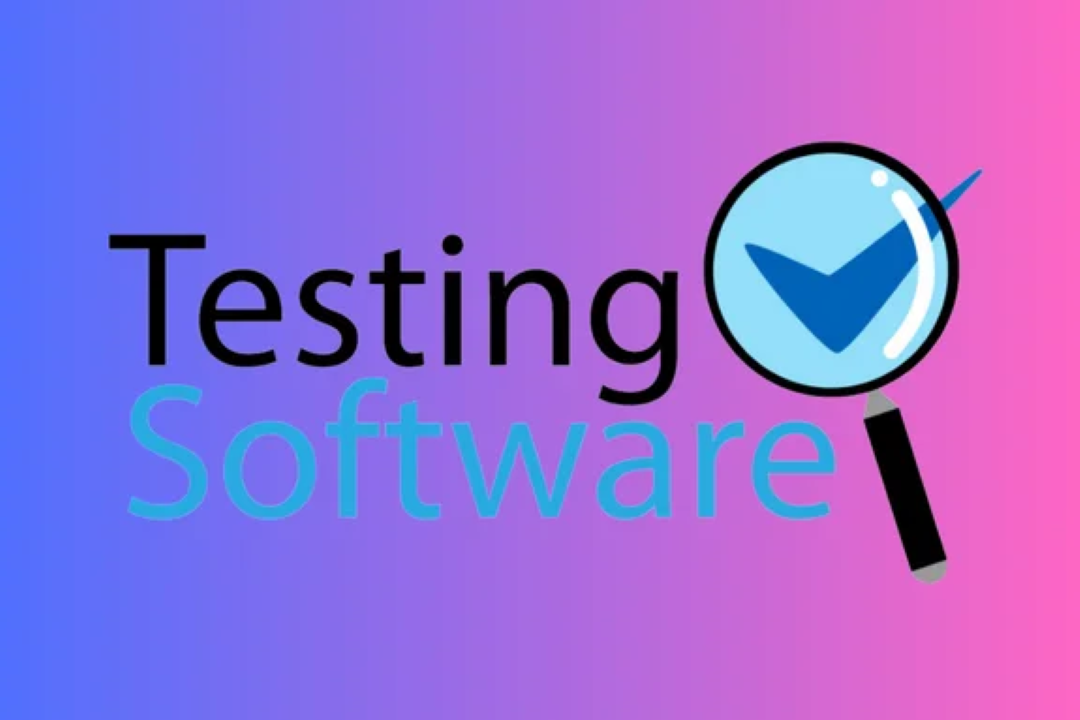How To Handle Webtable In Selenium
Manipulating Web Tables in Selenium WebDriver
How To Handle Webtable In Selenium
Handling web tables in Selenium is essential for extracting data from table structures on web pages, which are commonly used for displaying information like search results, product listings, or financial data. By interacting with the elements within a web table using Selenium, you can retrieve specific data points, verify contents, or perform other validations. This allows testers to automate the verification of displayed data without manual intervention, speeding up the testing process and improving accuracy. Key methods for handling web tables include locating table elements, iterating through rows and columns, and extracting desired data by specifying row and column indexes.
To Download Our Brochure: https://www.justacademy.co/download-brochure-for-free
Message us for more information: +91 9987184296
1 - Understand the structure of the web table: Before interacting with a web table using Selenium, it is important to understand its structure, such as the number of rows and columns, cell values, headers, etc.
2) Locate the web table on the page: Use various locators such as ID, class name, XPath, CSS selector, etc., to locate the web table element on the webpage.
3) Create a reference to the web table: Once located, create a reference to the web table using Selenium's WebElement class.
4) Retrieve table data: Use methods like getText() to retrieve cell values, headers, or any other data from the web table.
5) Iterate through rows and columns: Use loops to iterate through rows and columns of the web table to perform actions like data validation, extraction, or manipulation.
6) Perform specific actions: Perform specific actions like clicking on links within the table, inputting data, selecting checkboxes, etc., based on test requirements.
7) Handle dynamic content: If the web table content is dynamic and changes on every page load, ensure the Selenium script can handle such scenarios by dynamic element locating strategies.
8) Assertions: Write assertions to verify the expected data in the web table matches the actual data fetched by the Selenium script.
9) Handle pagination: If the web table is paginated, create logic to navigate through pages, extract data, and handle large datasets efficiently.
10) Sorting and filtering: Implement sorting and filtering functionality within the web table to validate the data organization and presentation.
11) Data extraction: Extract data from the web table and store it in variables, files, or databases for further analysis or reporting.
12) Error handling: Implement error handling mechanisms to gracefully handle any exceptions that may occur while interacting with the web table.
13) Reporting: Generate detailed reports on the web table interactions, data extraction, and validation results for better analysis and debugging.
14) Best practices: Follow best practices like using Page Object Model (POM), reusability of code, and maintaining a clean and structured test script for the web table handling in Selenium.
15) Test automation framework integration: Integrate web table handling scripts with a test automation framework like TestNG or JUnit to efficiently manage and execute test scripts for training students effectively.
Browse our course links : https://www.justacademy.co/all-courses
To Join our FREE DEMO Session: Click Here
Contact Us for more info:
Scrum Master Interview Questions
Angular Or React For Net Developers
Free Software Testing Courses
How to Add Loader in React JS
Srinu Salesforce Interview Questions











